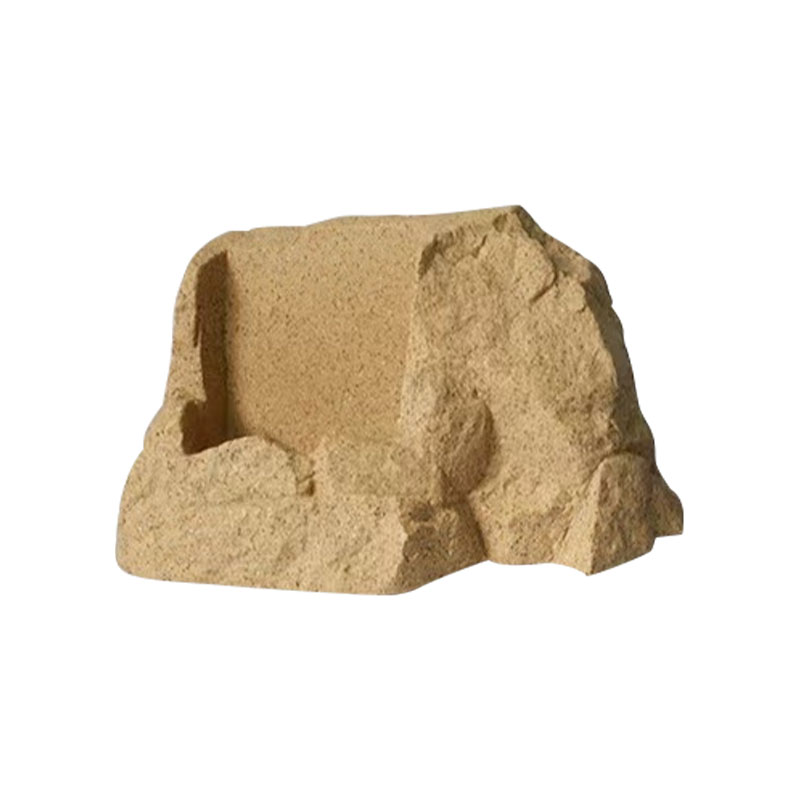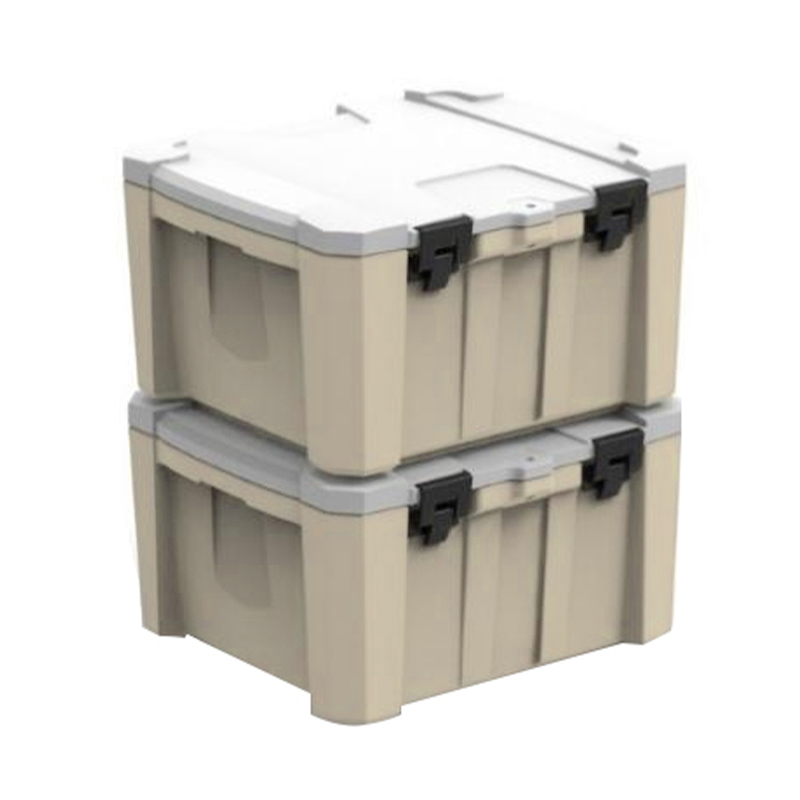Under the stringent requirements of cold chain logistics, the insulation box is a key link in temperature control, and its performance and quality are directly related to the freshness and safety of the goods. Although the traditional spliced ??or assembled insulation boxes have met the market demand to a certain extent, the thermal bridge effect problem has always been a challenge that cannot be ignored. Today, the roto-molding process, with its unique seamless connection characteristics, has set a new benchmark for the production of cold chain insulation box, and completely solved the troubles caused by the thermal bridge effect.
In the use of insulation boxes, the thermal bridge effect is an issue that cannot be ignored. It refers to the rapid transfer of heat in the joints or gaps of the insulation materials due to differences in the thermal conductivity of the materials or poor contact, forming local high-temperature areas. This phenomenon not only destroys the overall insulation effect of the insulation box, but may also accelerate the deterioration of the goods in the box, causing serious impact on cold chain logistics.
Faced with the challenge of the thermal bridge effect, the roto-molding process stands out with its unique advantages. Compared with the traditional splicing or assembly method, the insulation box made by the rotational molding process achieves seamless connection. During the rotational molding process, the plastic raw material melts evenly in the mold and adheres to the surface of the mold cavity, forming an integrated structure. This structure not only has a smooth and beautiful appearance, but more importantly, it completely eliminates the gaps and seams caused by splicing or assembly, thereby effectively blocking the occurrence of the thermal bridge effect.
The one-piece molding structure of the rotational molding insulation box is not only beautiful and durable, but also achieves a qualitative leap in thermal insulation performance. Since the thermal bridge effect is eliminated, it is difficult for heat to dissipate through gaps or seams, and the temperature environment inside the insulation box can be maintained for a long time. This is crucial for goods such as food and medicine that require strict temperature control. They can be protected from external temperature fluctuations under the protection of the rotational molding insulation box and maintain their original quality and freshness.
In addition to efficient thermal insulation performance, the rotational molding process is also environmentally friendly and durable. The materials used in the rotational molding process are mostly environmentally friendly plastics, which can be recycled and reused, in line with the concept of sustainable development. At the same time, the one-piece structure of the roto-molded insulation box gives it high strength and durability, and it can withstand various impacts and vibrations during transportation without being easily damaged. These advantages make the roto-molded insulation box have a wider application prospect and higher market competitiveness in the cold chain logistics industry.
The roto-molding process has brought revolutionary changes to the production of cold chain insulation box molds with its seamless connection and elimination of thermal bridge hazards. It not only improves the insulation performance and service life of the insulation box, but also meets the cold chain logistics industry's needs for high efficiency, environmental protection, and durability. With the continuous advancement of technology and the continuous expansion of the market, the roto-molded insulation box will surely play a more important role in the future cold chain logistics field and escort the safe transportation of goods.

 English
English 中文简体
中文简体 русский
русский Español
Español












